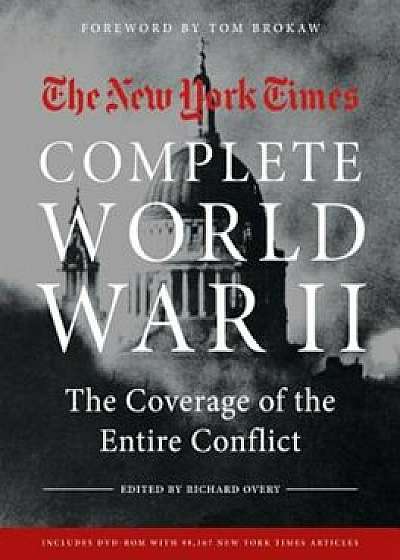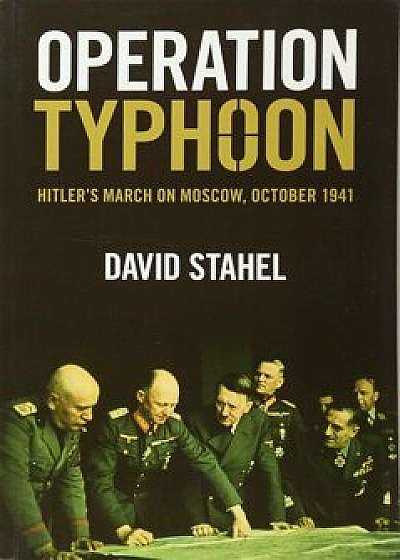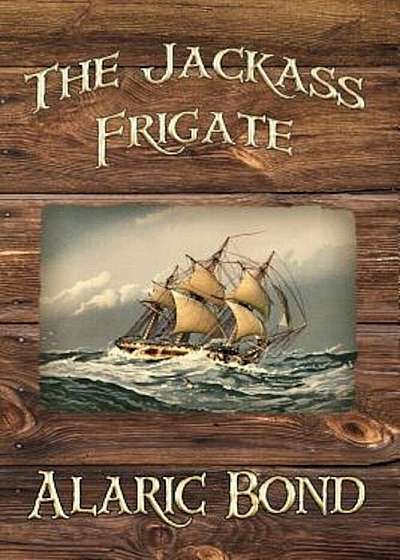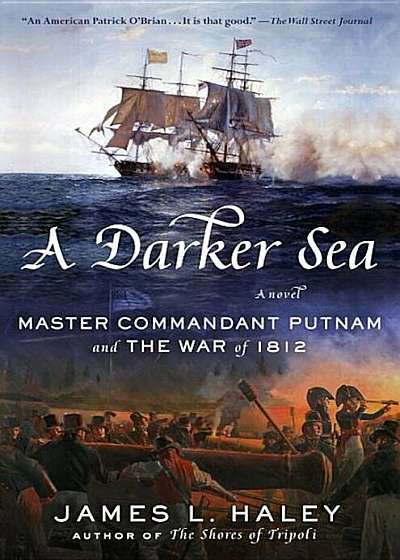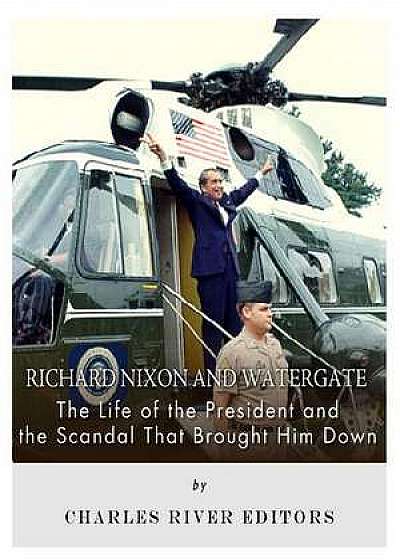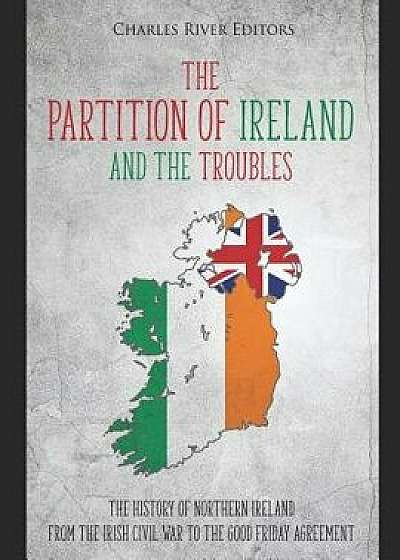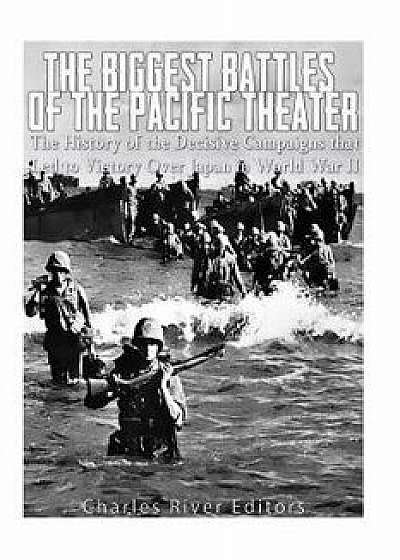
The Biggest Battles of the Pacific Theater: The History of the Decisive Campaigns That Led to Victory Over Japan in World War II, Paperback/Charles River Editors
Descriere
Includes pictures Includes accounts of the campaigns Includes a bibliography for further reading The waters of the Pacific Ocean - stretching deep blue under the tropical sun, or scourged by typhoons - provided World War II's most far-flung battlefield. Two of the world's premier mid 20th century maritime powers, the United States of American and the Empire of Japan, grappled for supremacy across that vast expanse. Although not as well-remembered as D-Day or even the attack at Pearl Harbor that preceded it, the Battle of Midway was one of the most unique and important battles fought during World War II. In fact, the turning point in the Pacific theater took place between June 4-7, 1942 as a Japanese fleet moved a sizable fleet intending to occupy Midway Island and draw the American navy near. Instead, American aircraft flying from three aircraft carriers that had been away from Pearl Harbor in December 1941 got a bearing on the Japanese fleet and sunk four Japanese aircraft carriers, permanently crippling Japan's navy. The Battle of Midway was one of the first major naval battles in history where the enemy fleets never actually saw or came into contact with each other. The Guadalcanal Campaign, which ran from August 1942 to February 1943, was a bitter and protracted struggle that also happened to be a strange and transitional confrontation quite unlike any other in the long Pacific War. In conjunction with the American victory at the Battle of Midway, Guadalcanal represented the crucial moment when the balance of power in the Pacific tipped in favor of the Allies, but the idea that Guadalcanal would be such a significant battle would have come as a surprise to military strategists and planners on both sides. By the spring of 1943, American military planners had begun to create a plan to dislodge Japan from east and southeast Asia. When Admiral Chester Nimitz was directed to capture an island in the Bonin group, Iwo Jima stood out for its importance in making progres

